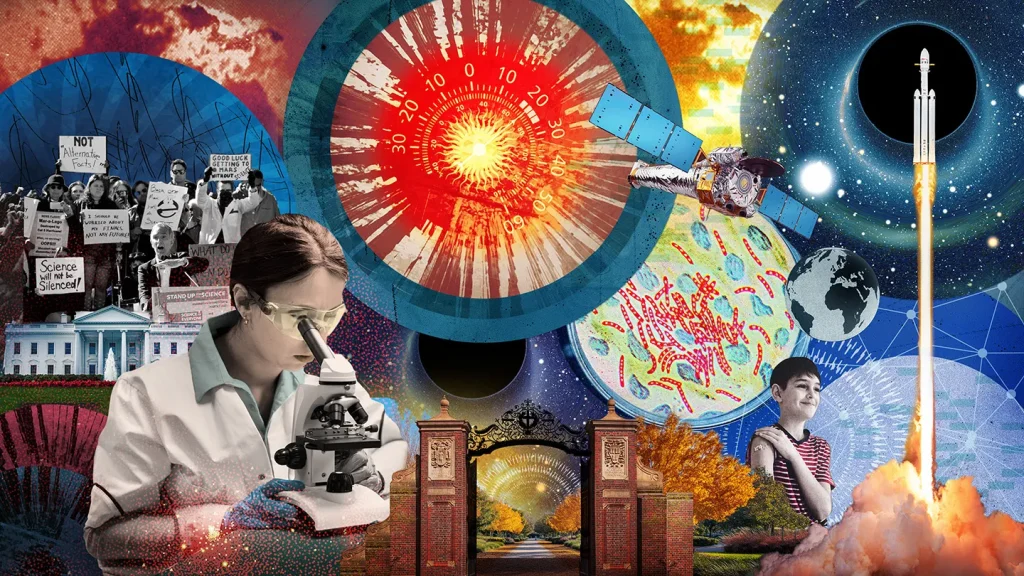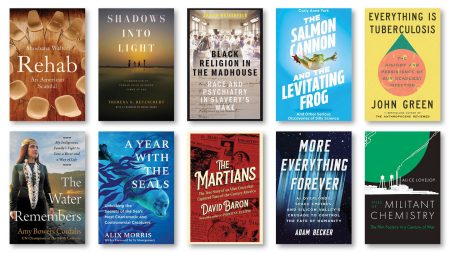America’s Scientific Heritage Faces Unprecedented Challenges
In the 1930s, as World War II loomed on the horizon, the United States made a strategic decision that would alter the course of history: it invested heavily in scientific research. Billions of dollars flowed into universities and industry, resulting in groundbreaking developments from the atom bomb to radar technology and mass penicillin production. This commitment to science wasn’t merely a wartime necessity but became a cornerstone of American global leadership.
Near the war’s conclusion, President Franklin D. Roosevelt’s science advisor, Vannevar Bush, proposed a visionary approach that would cement America’s scientific dominance for decades to come. Rather than focusing narrowly on specific weapons or products, Bush advocated for broad investment in scientific talent and infrastructure. His theory was simple yet profound: by supporting scientists and engineers through federal funding, the nation would create a reservoir of expertise that could be tapped during future crises while simultaneously advancing health, security, and prosperity during peacetime. This philosophy paid remarkable dividends, with American researchers accumulating more Nobel Prizes than those from any other nation and establishing the United States as the undisputed global leader in scientific, medical, and technological innovation.
The foundation of scientific excellence that has sustained American leadership for generations now faces an existential threat. In 2025, the Trump administration implemented sweeping cuts to federal science institutions and research universities, resulting in thousands of scientist layoffs and creating incentives for experienced researchers to take early retirement. The proposed federal budget for 2026 goes even further, with devastating cuts to foundational scientific agencies: a 40 percent reduction for the National Institutes of Health, 38 percent for the Centers for Disease Control and Prevention, and 21 percent for the National Oceanic and Atmospheric Administration. This unprecedented retreat from scientific funding represents a sharp departure from America’s historical commitment to scientific advancement dating back to the nation’s founding, when President George Washington highlighted science as essential to “national prosperity and reputation” in his 1796 State of the Union address.
America’s scientific journey began with practical innovations from solo inventors addressing the pragmatic needs of a growing nation—mechanical grain reapers, sewing machines, and typewriters—before evolving into more organized efforts. The federal government’s first major scientific investments came during the Civil War in 1862, when Congress established the U.S. Department of Agriculture and the land-grant program that continues to fund state colleges of agriculture and technology today. This was followed by the creation of the National Academy of Sciences in 1863 and the U.S. Weather Bureau (now the National Weather Service) in 1890, establishing a pattern of federal support for scientific advancement that would expand dramatically in the decades to come.
The current administration’s assault on science is already having tangible impacts across multiple domains. Access to childhood vaccines is eroding, potentially undermining the national immunization schedule that has protected generations of Americans from deadly diseases. Critical research on extreme heat—increasingly urgent as climate change intensifies heat waves—faces dramatic cutbacks. Decades of progress in biomedical research now hang in the balance as battles between the administration and academic institutions place important advances in limbo. Even America’s proud tradition of space exploration is threatened, with funding uncertainties pushing scientists out of the field and jeopardizing both existing and planned missions.
Despite these formidable challenges, there are encouraging signs of resilience and determination across the scientific community. States, scientists, organizations, and private individuals are seeking innovative paths forward amidst the chaos and uncertainty. Their fundamental question isn’t whether American science will continue, but how they can ensure its survival and future flourishing despite federal abandonment. This grassroots commitment to scientific progress offers a glimmer of hope that America’s long tradition of scientific excellence—a tradition that has transformed our world and improved countless lives—might endure this unprecedented period of federal retreat and emerge, perhaps changed but undefeated, on the other side.















